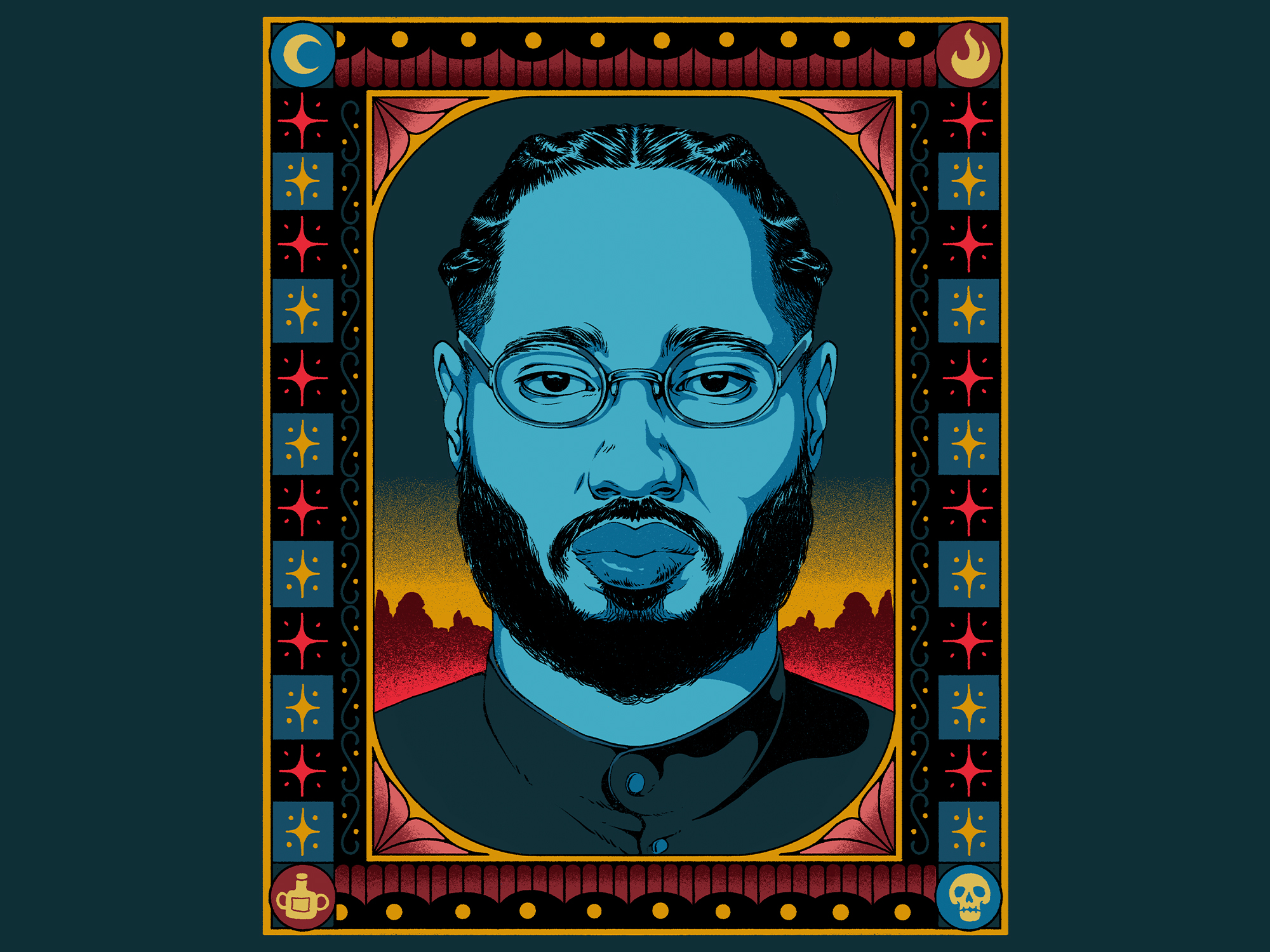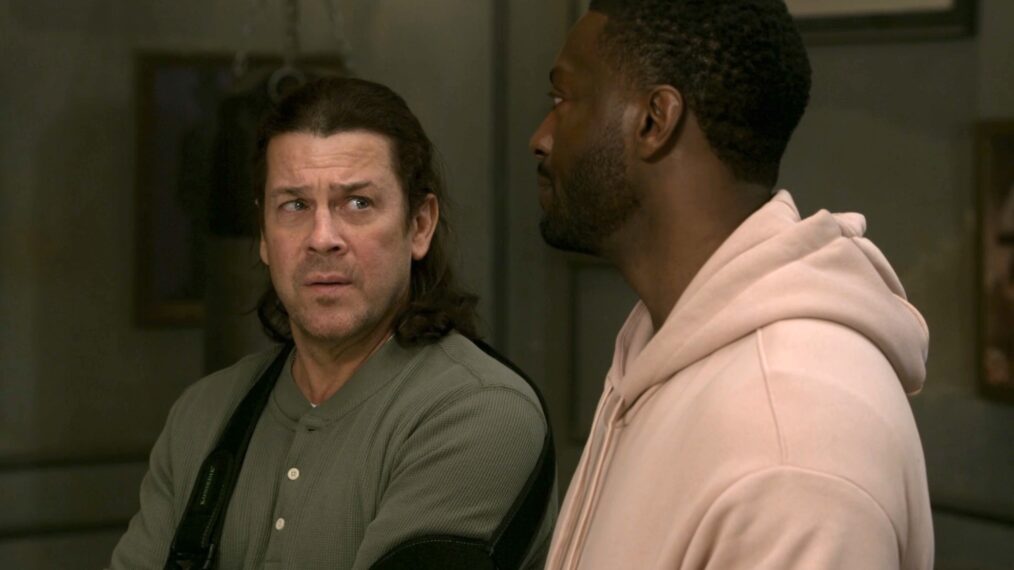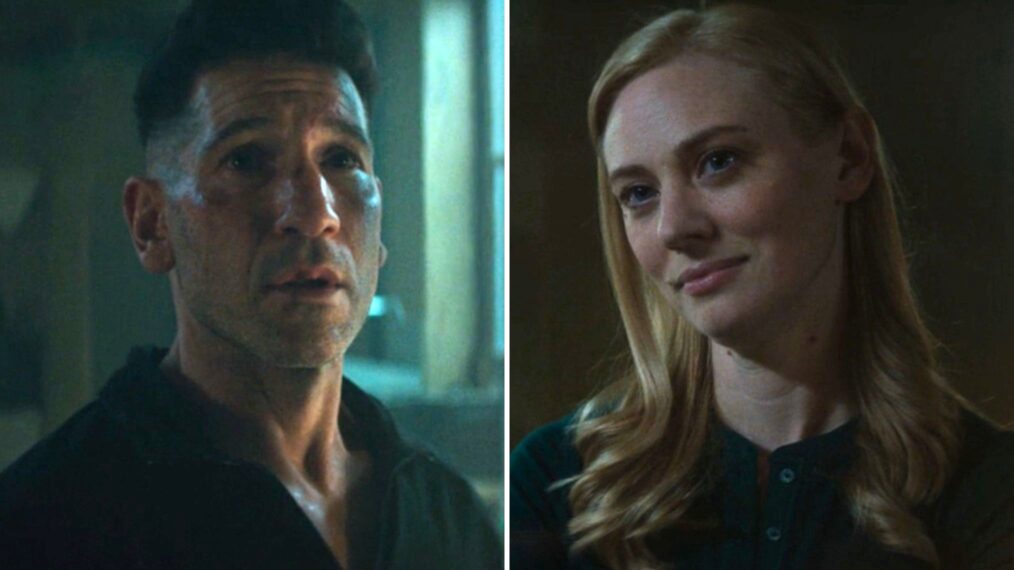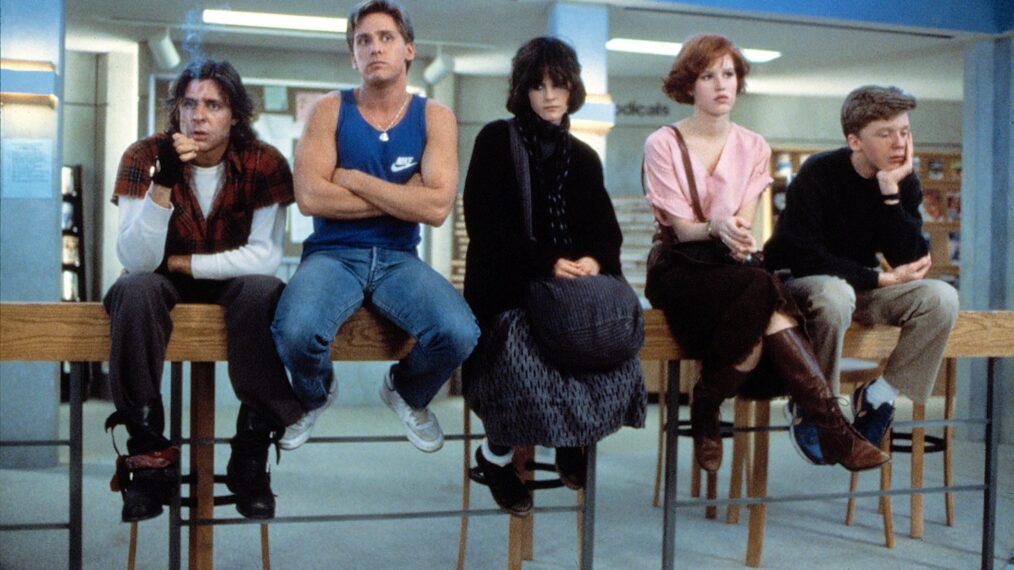The 1980s, often referred to as the decade of decadence, ushered in the advent of not only leather, spandex, “guyliner” – and the highest percentage of Aqua Net sales to date – but also some of rock and metal’s most underrated shredders.
The arrival of Eddie Van Halen in 1978 with Van Halen’s self-titled debut transformed the art of the instrument forever; introducing two-handed tapping, the “brown” sound and whammy dive-bombs galore. An entire generation of budding guitar enthusiasts found themselves on a mission to reinvent the EVH formula themselves; with some succeeding and others not so much.
Names such as George Lynch (Dokken) or Nuno Betterncourt (Extreme) are often cited as some of the best of the era; but what about the unsung guitar heroes of the 1980s – the players who’s musical adroitness got lost in the glitz and glam of the Sunset Strip scene?
Nevertheless, we’re here to shine the spotlight on the talents of those who are, perhaps known within the scene for some, but overlooked at large, as well as some guitarists that even hair metal’s most passionate fans don’t talk about enough.
Vito Bratta (White Lion)
Hailing from Staten Island, N.Y., guitarist Vito Bratta caught the ears of hard rock fans alike in the band White Lion, which Bratta co-founded in 1983 with vocalist Mike Tramp.
Although White Lion was many’s first introduction to Vito’s virtuosic playing, Bratta arrived on the scene much earlier; first in the New Jersey based band Dreamer and again when he was in consideration to join Ozzy Osbourne’s solo band in ‘82 after Randy Rhoads’ passing (which we know ended up being the start of Jake E. Lee’s story).
His playing, littered with pinch harmonics and two-handed taps, was most frequently compared to that of Eddie Van Halen’s. Bratta, who is now a musical recluse, revealed in a rare 2023 interview with Guitar World’s that the comparison to one of guitar’s most innovative icons “always bothered him”:
“At one point, it got under my skin enough that I called Eddie. I won’t say all that Eddie told me specifically – I’ll take that to my grave – but I will say that he told me, ‘I love the way you play. We’re a lot alike, but you’re different. Remember that.’”
In spite of any unwanted comparisons, Bratta is usually the first name that pops up in discussions of the era’s most underrated players — and for good reason.
Robbin Crosby (Ratt)
When you think of Ratt and some of the band’s most memorable riffs (a la “Round And Round” or “Lay It Down”), the first name that comes to mind in the realm of guitar is often Warren DeMartini.
Yes, DeMartini has rightfully earned his spot at the top of the heap of the era’s most profound shredders, but the band’s hidden gem was actually guitarist Robbin Crosby.
With Stephen Pearcy at the helm, the band Ratt had origins as Firedome, Crystal Palace and Mickey Ratt. After a myriad of lineup changes, Crosby became the first member in the band’s classic lineup, prior to DeMartini joining in 1982.
Crosby had a hand in crafting some of Ratt’s most popular tracks scattered across Out of The Cellar and Invasion of Your Privacy. His style, heavily influenced by the blues, highlighted the benefits of knowing when to let the notes breathe in an era where playing as many notes as you can was often rewarded.
Reb Beach (Winger)
Guitarist Reb Beach is quite the coveted player. From Alice Cooper, to Night Ranger, to Whitesnake, to Dokken, Beach has played with them all. But, most notably, he got his start in the music business in the band Winger, which he co-founded with bassist Kip Winger in 1987.
Despite the public backlash Winger have faced over the years (from the criticism of their first commercial hit “Seventeen” to the Beavis And Butt-Head debacle), the band and particularly Beach, are far more than their hair metal reputation.
READ MORE: Winger Guitarist Reb Beach Blames Producer for Most Controversial ‘Seventeen’ Line
Beach’s ability to mix the shred stylings of the ‘80s with a prog-rock flair is what made Winger so interesting, along with his unique tapping technique.
Despite being pigeon-holed in the hair metal genre, Winger’s self-titled release is the only album in the band’s repertoire that really fits the definition. 1993’s Pull showcased a completely different, more metal, side of the band that followed suit in subsequent albums.
Brian “Damage” Forsythe (Kix)
Long before Kix got their fame with 1988’s Blow My Fuse – guitarist Brian “Damage” Forsythe was working hard at paying his dues in the Maryland rock ‘n’ roll circuit. He joined forces in the late ‘70s with fellow guitarist Ronnie Younkins and bassist Donnie Purnell and formed the band The Shooze, which would go on to be the very first iteration of Kix.
Similarly to Robbin Crosby, Forsythe’s playing came with more of a blues based approach, which offered variety to the more “typical” shredders of the time.
Despite having a “slower” feel, Forsythe is still able to showcase his ability to navigate with ease around the fretboard. Just look to the solo for “Blow My Fuse” or the beloved “Cold Blood.”
Aside from his time in Kix, Forsythe is also known for his time in the hard rock band Rhino Bucket, which he joined when the group reunited in the early 2000s. In an interview with Hall Laurel, he revealed that his playing style actually fits better alongside Rhino Bucket than it does with Kix.
Nonetheless, Forsythe and Kix made their mark – after almost 40 years of hair metal greatness, Kix played their final show in their hometown of Baltimore, Maryland at the end of 2023.
Akira Takasaki (Loudness)
As Eddie Van Halen is to to the U.S. (and was an immigrant, no less!), Akira Takasaki of Loudness is to Japan. Formed by Takasaki and drummer Munetaka Higuchi in 1981, Loudness became the first metal band in Japanese history to sign with a U.S. record label.
The band linked up with acclaimed producer Max Norum for their fifth release (and first release stateside), Thunder In The East. The album’s first single “Crazy Nights” exposed Loudness to the youth of America when the video was added into MTV’s regular rotation.
Takasaki’s style, which includes a combination of alternate picking, extreme precision and a hefty dose of vibrato, has put him on the map alongside other notable players such as Marty Friedman and Mr. Big’s Paul Gilbert.
John Norum (Europe)
Although it seems that John Norum’s legacy has been sealed with Europe’s “The Final Countdown” – Norum’s six string musical prowess extends much further. Known for the soulful, bluesy and melodic feel of his playing, John Norum is one of the most revered, yet undervalued, players on this list.
Aside from Norum’s work with Europe, he went on to release a succession of solo records including 1992’s Face The Truth. It featured a slew of rock ‘n’ roll royalty along the likes of Glenn Hughes, Accept’s Peter Baltes, and King Diamond’s Mikkey Dee. He actually went on to work with Baltes and Dee on Don Dokken’s first solo record post-Dokken, Up From The Ashes, which is arguably some of his best work.
In a 2024 interview with Guitar World, Norum divulged on how his style and goals with the instrument have changed since Europe’s heydey: “In the ’80s, I was very much into playing fast and wanting to be the best and all that stuff. Later on I realized it was just a waste of time… I should’ve made my focus a bit more on the rhythm side of playing.”
10 Best Hair Metal Albums of the 1990s
Hair metal may have died in the ’90s, but not without a fight!
Gallery Credit: Sydney Taylor
Top 30 Hair Metal Albums
The 30 best hair metal albums of all time.

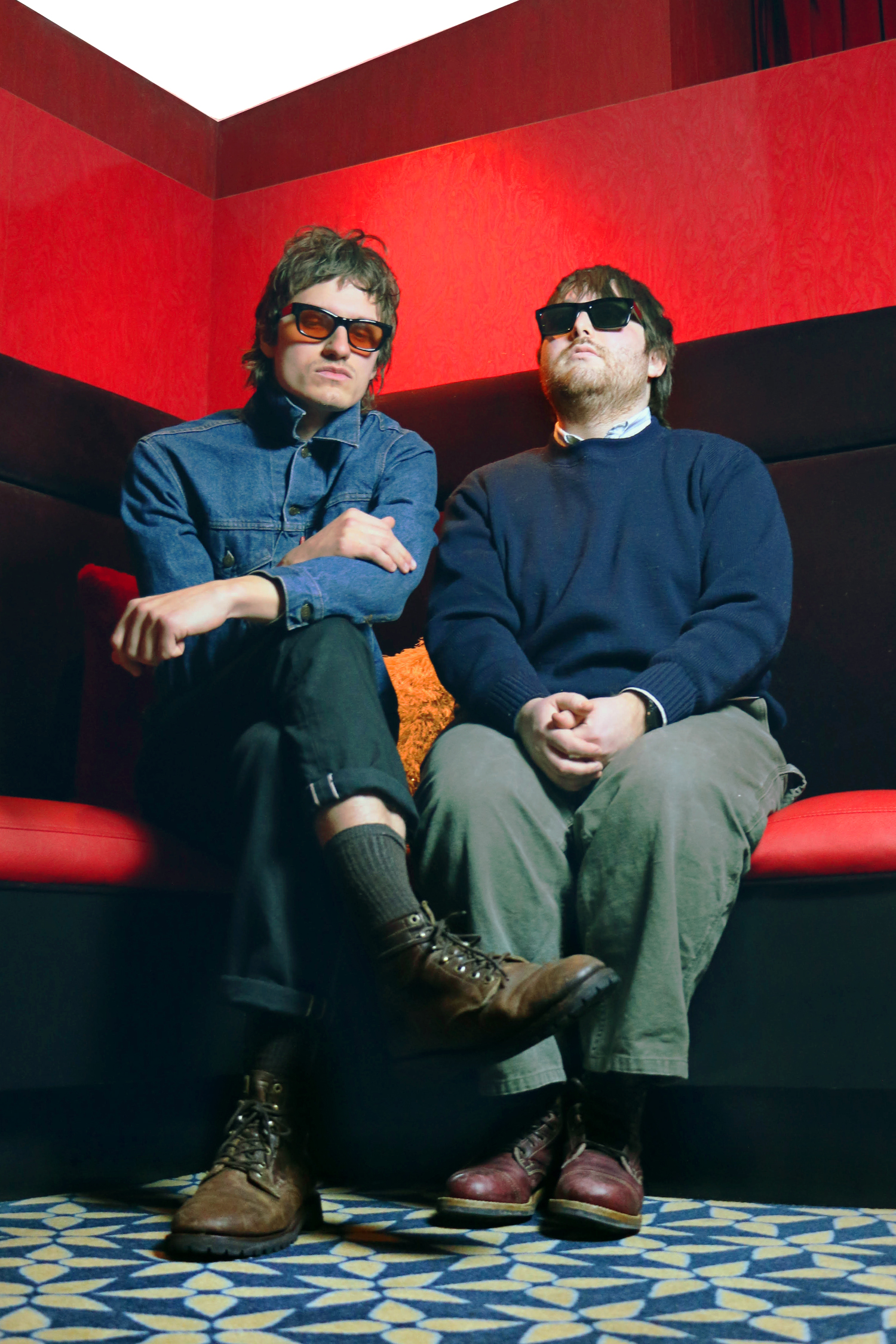
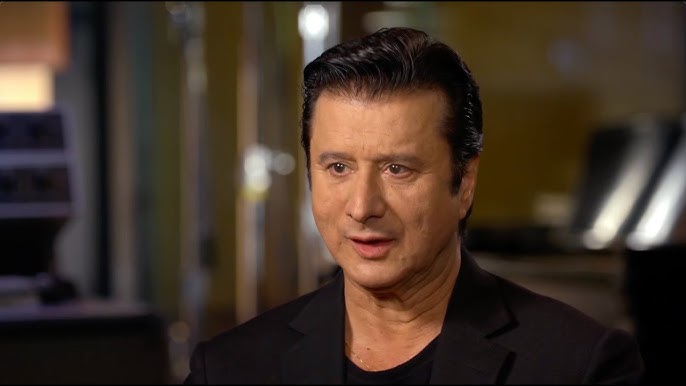

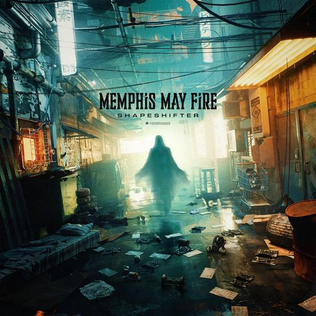
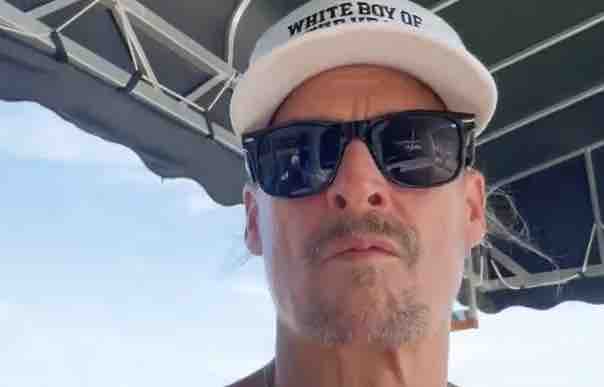
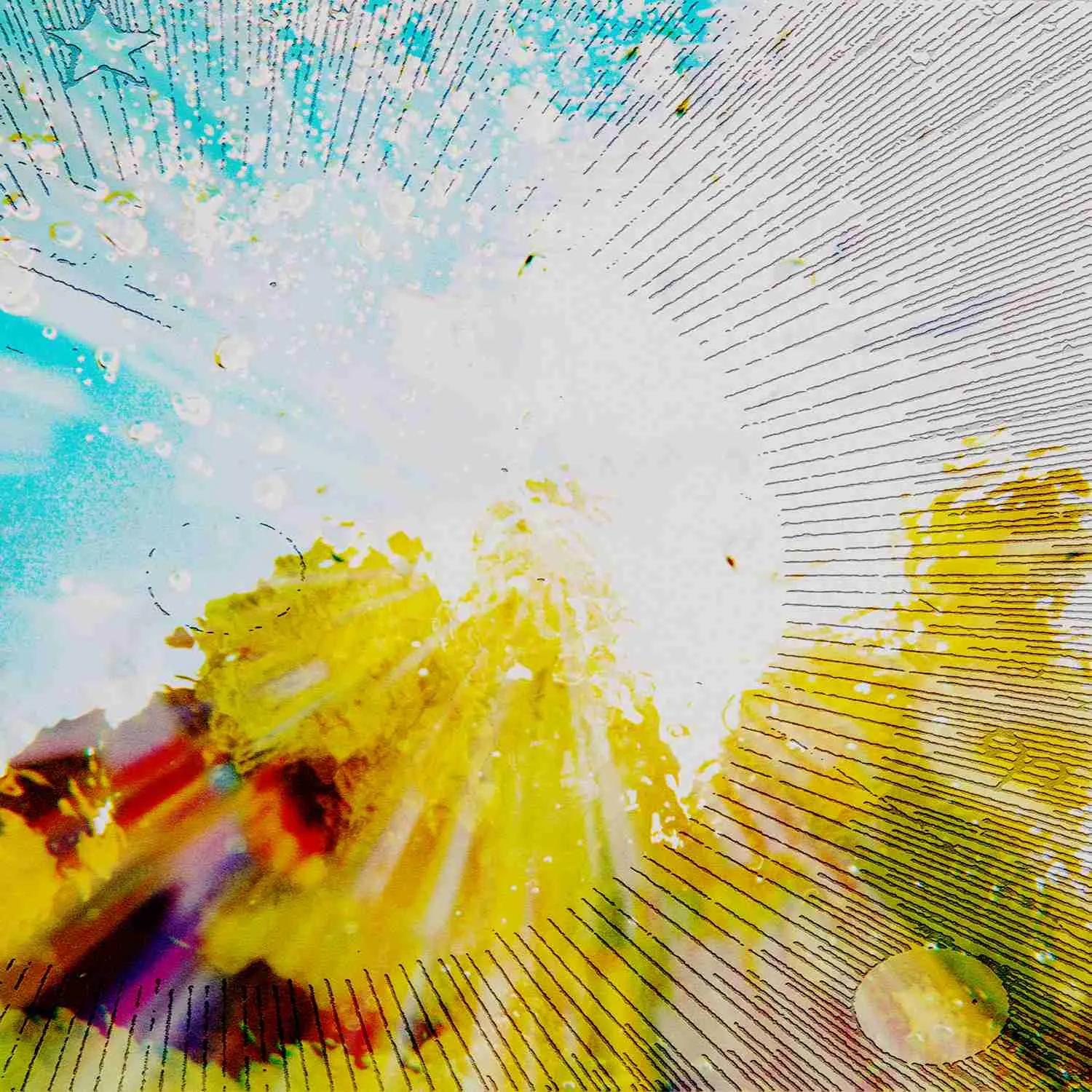


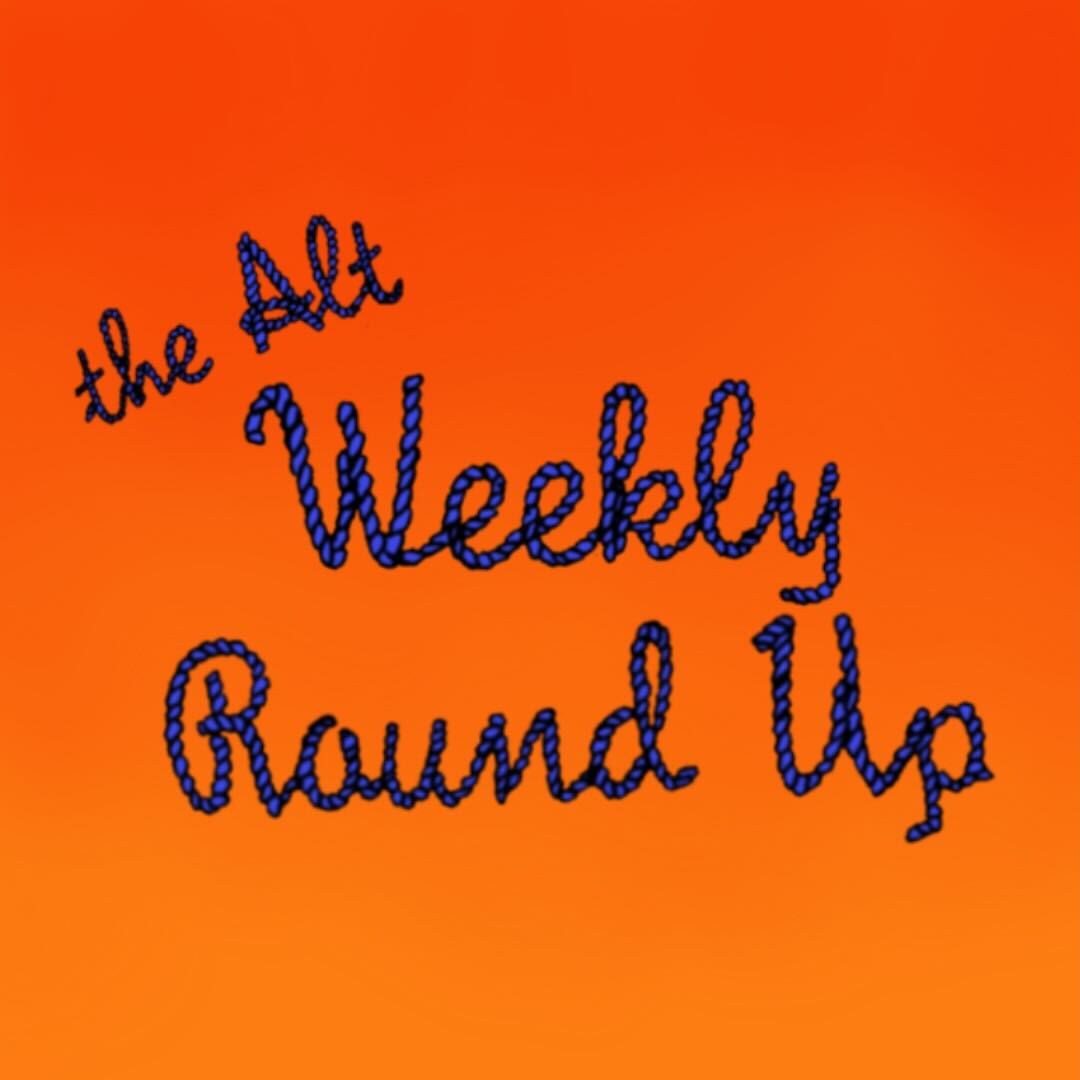

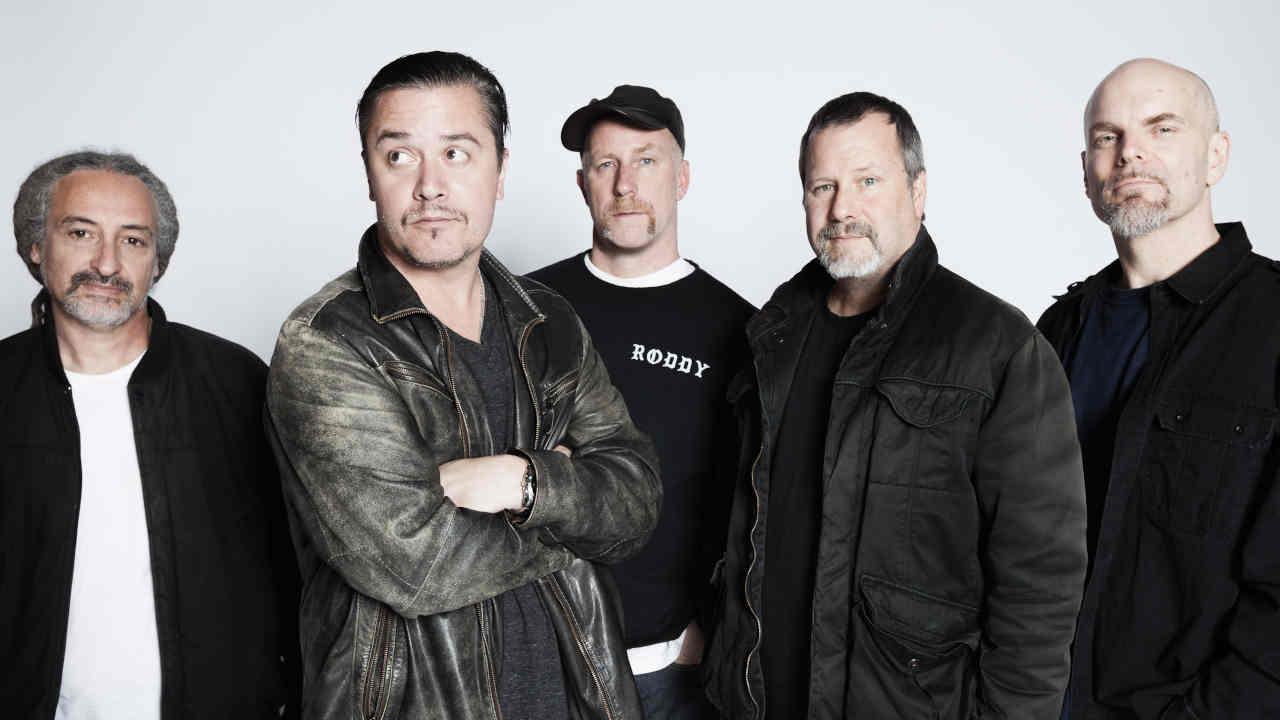



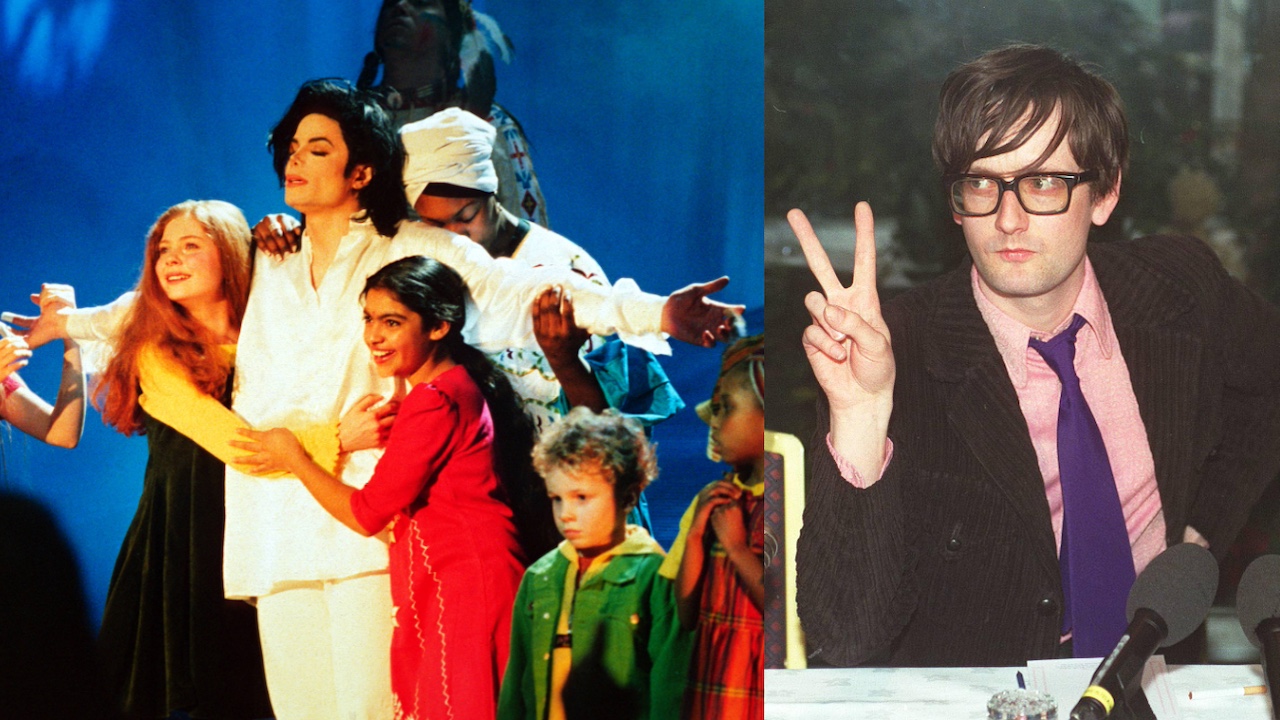













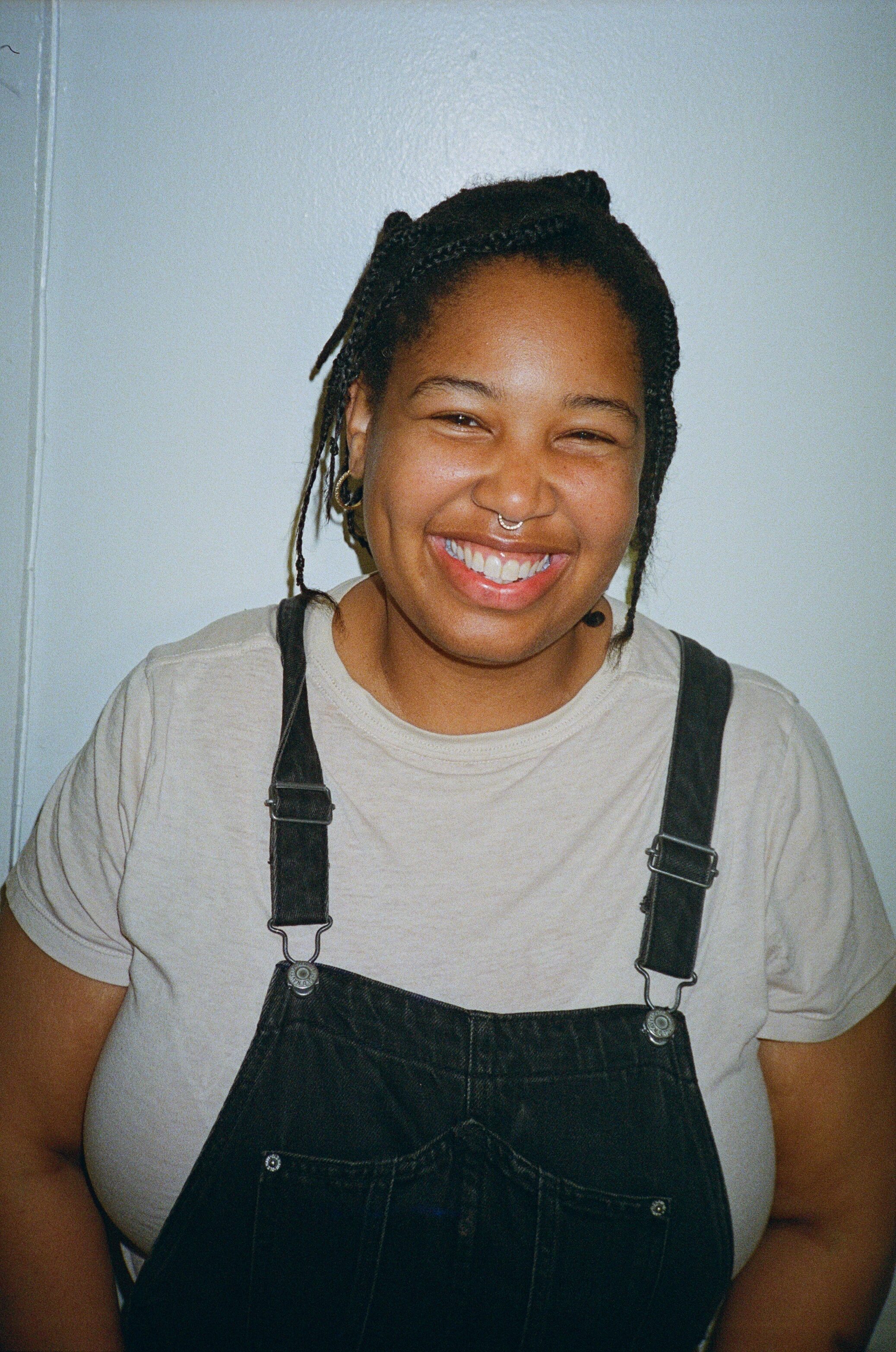



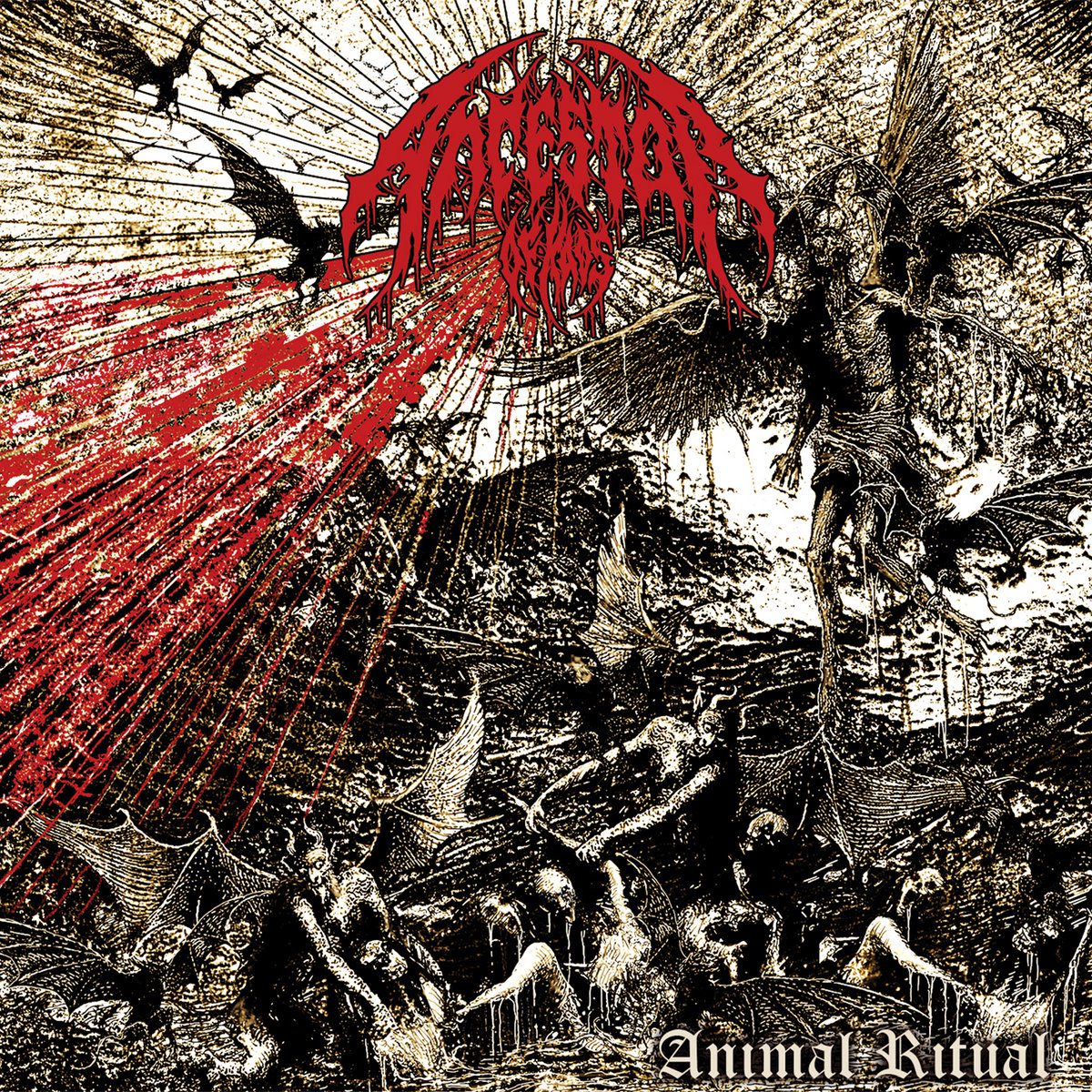






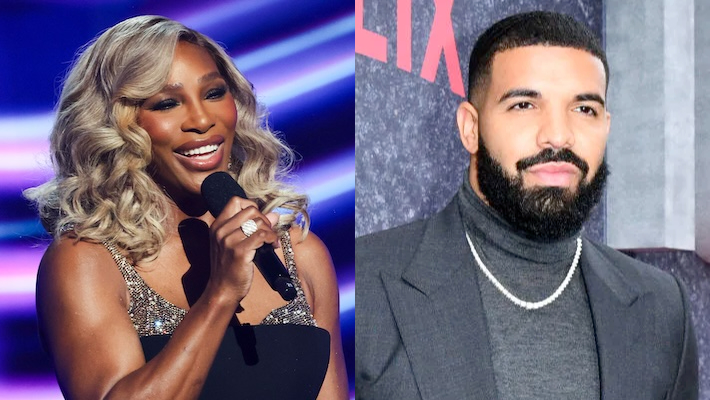


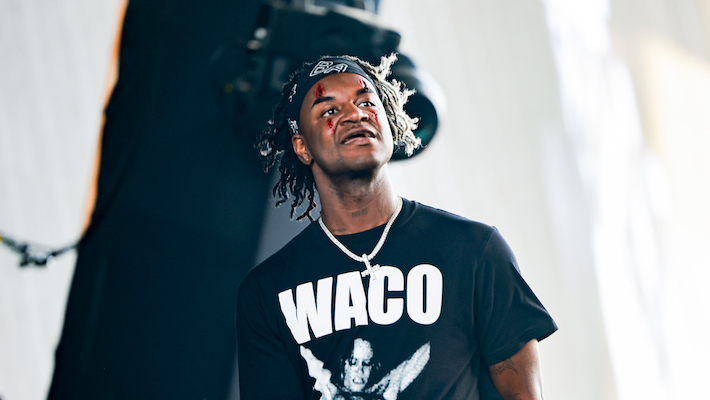









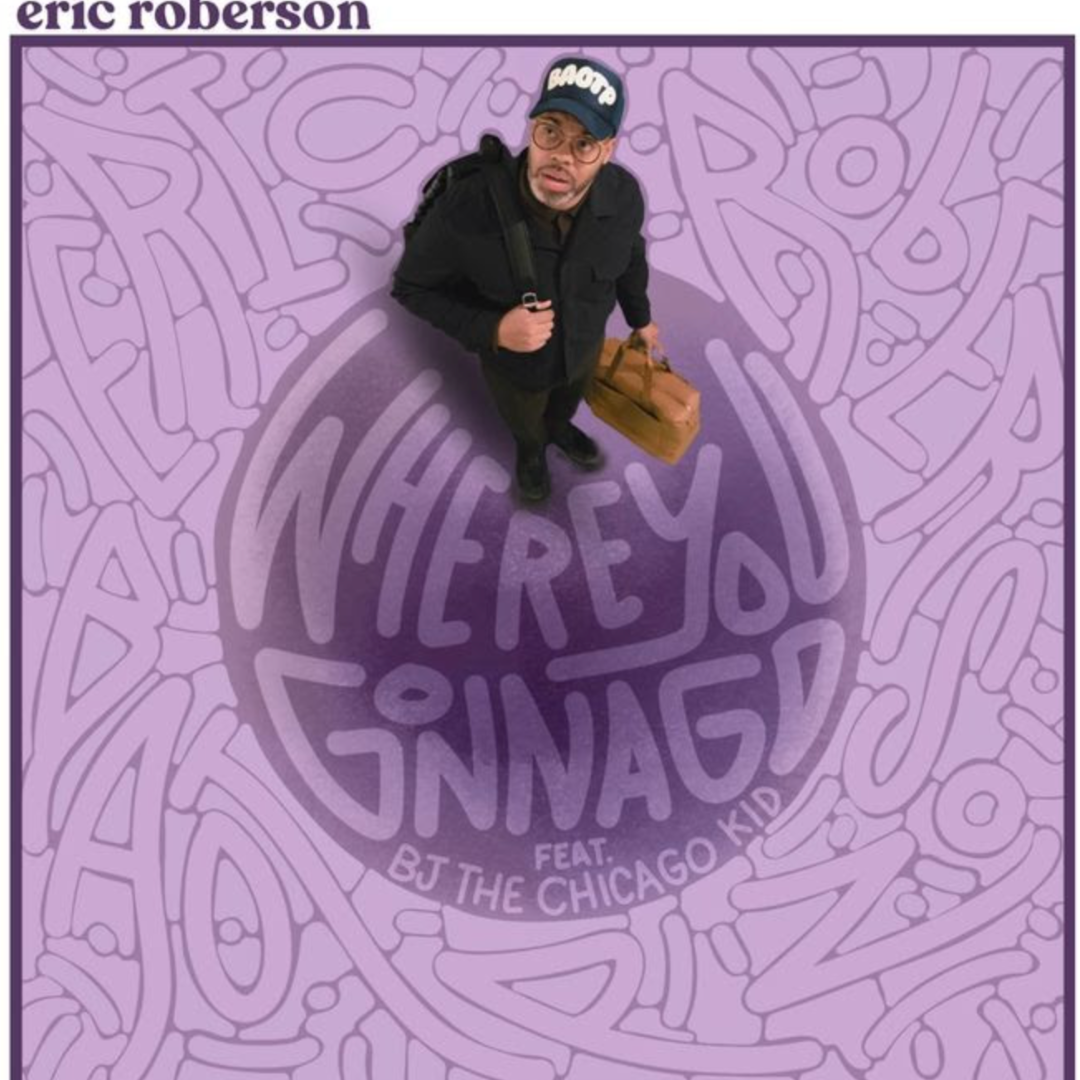









![Burna Boy – Update [Official Music Video] Burna Boy – Update [Official Music Video]](https://i.ytimg.com/vi/qR8-uQ5LixE/maxresdefault.jpg)










